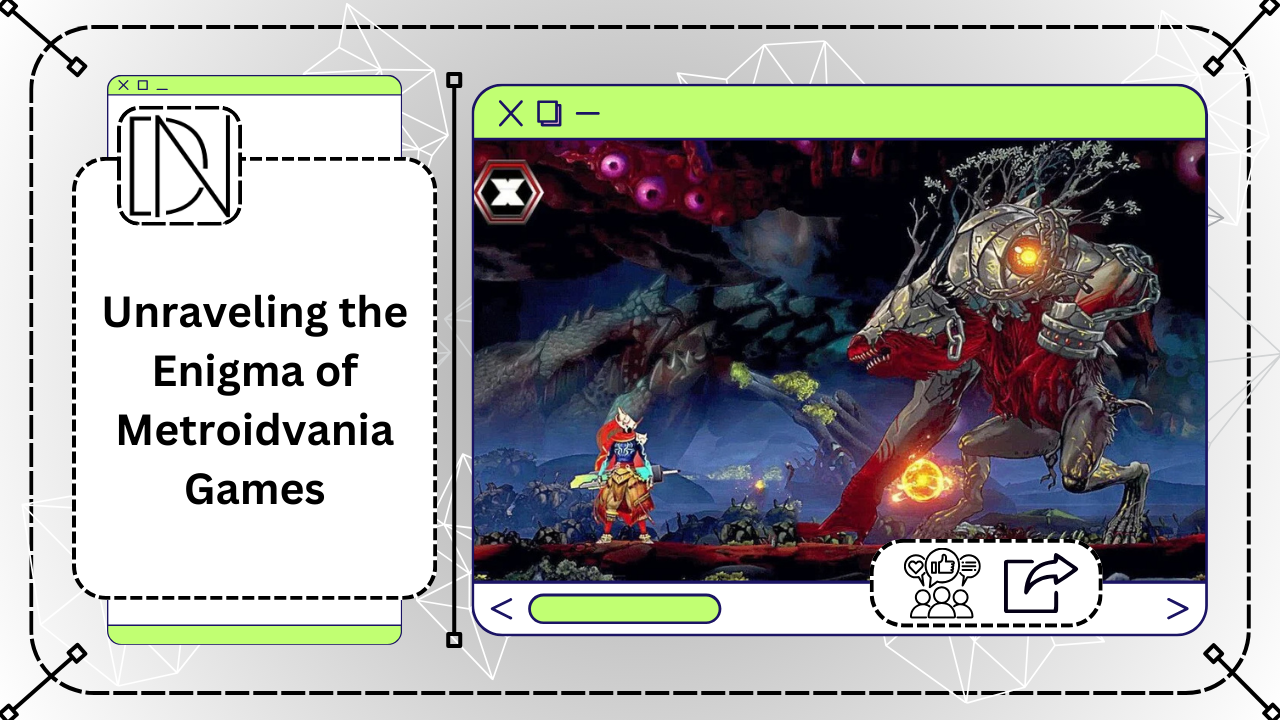In the vast landscape of video games, there exists a genre that embodies the essence of exploration, discovery, and intricate level design – Metroidvania. Coined from the fusion of two iconic franchises, Metroid and Castlevania, this genre has evolved into a distinct gaming experience cherished by enthusiasts worldwide.
At its core, Metroidvania games are characterized by interconnected worlds, labyrinthine level design, and non-linear progression. Players navigate through sprawling environments, gradually unlocking new abilities and uncovering hidden pathways that were once inaccessible. The genre encapsulates a sense of exploration and empowerment, as players traverse through intricately designed levels, revealing the mysteries hidden within.
The term “Metroidvania” pays homage to its progenitors, Metroid and Castlevania, both renowned for their pioneering contributions to the genre. Metroid, released in 1986, introduced players to a vast, interconnected world ripe for exploration. Its non-linear gameplay and emphasis on backtracking to discover new areas laid the foundation for the genre. Castlevania, on the other hand, added elements of RPG progression and gothic atmosphere, enriching the formula further.
Key elements define the essence of Metroidvania games:
Exploration: Players are encouraged to explore every nook and cranny of the game world, uncovering secrets, collecting power-ups, and discovering hidden pathways.
Backtracking: As players acquire new abilities, previously inaccessible areas become reachable, incentivizing backtracking to explore previously visited locations.
Non-linear progression: While there may be a general objective or storyline, players have the freedom to tackle challenges in different orders, leading to varied experiences and multiple playthroughs.
Upgrades and Abilities: Progression is often tied to acquiring new abilities or upgrades that enhance the player’s capabilities, allowing access to previously unreachable areas.
Atmosphere and Immersion: Metroidvania games often boast immersive worlds with rich lore, captivating atmospheres, and memorable characters, drawing players into their intricately crafted environments.
From modern classics like Hollow Knight and Ori and the Blind Forest to revered titles such as Super Metroid and Castlevania: Symphony of the Night, the allure of Metroidvania games continues to captivate audiences across generations. With each new entry pushing the boundaries of exploration and design, the legacy of this beloved genre remains as enduring as ever, promising countless adventures yet to be embarked upon.
For more like this read our blog on Top 10 Games Like Ghostrunner












